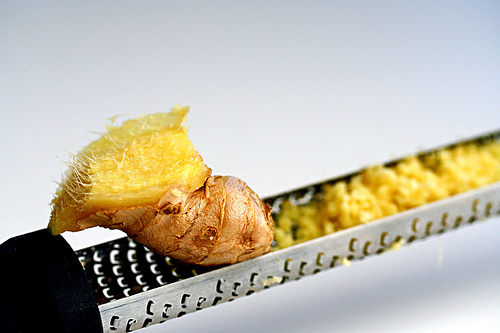
During cooking classes, my students always say that they love the taste of fresh ginger, but complain that it’s a pain in the butt to peel and chop! Half of the students shamefully admit that they buy the pureed stuff that comes in a jar or tube.
Eeewwww!
Call me a ginger snob, but that jarred pureed stuff is just plain nasty and chemically tasting. There is definitely something suspicious about a food item that sticks to the roof of your mouth. Especially when it’s not chocolate, peanut butter or caramel.
So, I’m going to share with you some of my ginger secrets….
Ginger is actually a root, the rhizome of a name of a plant I can’t say 10 times fast, “Zingiber Officinale.” It’s one of the ingredients that I use in my everyday Asian cooking.
How to store ginger
- Refrigerate: I use ginger so much that I buy a big massive root once every couple of weeks. The best way to store ginger is place it in small paper bag in your vegetable crisper drawer. I used to tightly wrap it in plastic wrap, but then one day while pregnant with Andrew and HIGHLY emotional, I felt sorry for the ginger suffocating in the wrap and started crying. Don’t ask. I can’t explain.
- Freeze: When I have one of those moments at the store and forget I that I already have 2 pounds of ginger in the refrig…and end up with ginger overload, I use a the handy microplane grater to grate the entire root. Lay a sheet of plastic wrap on your counter and spoon the ginger on top in a nice even line. Roll up tightly, twist the ends (hmmm….reminds me of something i used to to do when i was in college) like a piece of candy and freeze. When you need, just unwrap, snap off a chunk and it defrosts quickly. Or just regrate on your microplane grater while frozen. What a clever idea from Lunch In a Box!
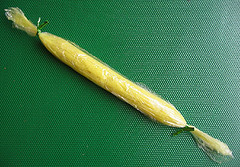

How to cut?
How I want to use the ginger determines how I cut the root.
- Flavor the oil: Sometimes, I don’t want a strong ginger flavor in a dish, but I want my oil to be fragranced and flavored by the ginger. Wash well, don’t bother peeling. Cut the ginger into 1/8″ coins. With the side of your knife, “whack” the coin to break the fibers a bit and release the essence. Heat up your cooking oil in a wok or pan on high heat. When the oil is hot but not smoking, add the ginger coins (usually about 3 coins) and let the ginger fry for 30 seconds. If I want a little stronger flavor, I turn my heat to medium and let the ginger infuse the oil for a little longer. Don’t let the ginger burn! Combine the ginger with smashed garlic cloves and you have a start to a classic Chinese stir-fry. At this point you can remove and discard the ginger.
- In stir fry, sauce, dressing: There’s nothing more annoying than getting a fibrous piece of ginger stuck in your teeth. No matter how long you spend at your cutting board mincing this stubborn root, it’s never going to be as fine as the method I use. I use a microplane grater (photo above) to grate my fresh ginger. It works wonderfully and you can see that the fiber stays on the root and doesn’t end up in your dish. You’ll end up with fine, silky, clean ginger. Easy and it only takes 15 seconds to grate enough for your dish. I also have a Japanese ceramic ginger grater but it’s a unitasker that takes up space in my drawer. Simply put, the microplane grater is an indispensable tool in my kitchen, and I use it for everything, especially ginger. Hate peeling ginger? It’s an awkward affair with all those bumps, crevices and curves. Yes, you could use a spoon, but pssst….here’s a secret….I don’t always peel it. If you use a microplane grater, most of the peel stays out of the way. Because the ginger is so fine, you’ll have to take extra care not to burn. Start with a wok at medium-high heat. When oil is hot but not smoking, add the grated ginger and stir fry for 15 seconds. Turn heat to high and immediately add your stir fry ingredients. Sometimes, I don’t add my ginger and garlic until the middle of the stir-fry process, to ensure that the delicate aromatics do not burn.
- As a condiment: Sometimes I love sprinkling fresh ginger threads on top of my dumplings, steamed chicken, noodle soup or vegetables. I want the fresh, crisp, tingly sensation – but if the ginger piece is too thick, it’s just too strong and fibrous. If you are REALLY good with a knife and have the patience of a sloth-watcher, slice the ginger as thin as you can. But I’m not patient, nor really that deft with sharp, pointy objects. I cut off all the little knobs protruding from the main body of the ginger. I just want a nice 3″ smooth piece (save the nubs for #1 above). Peel ginger skin with vegetable peeler. Now continue using the vegetable peeler and peel paper-thin slices of the ginger root. After you’ve got a pile of slices, line them up and use your chef’s knife to cut further into ginger “threads.” You’ll end up with fairy angel thin slices that you can use fresh, uncooked.
***
PBS Telethon
One of the coolest things I’ve done this month was to see the live production of PBS’ fundraising telethon. This is the legendary Jack Perkins and my friend Jen who is the producer of his Emmy Award winning show, the Gulf Coast Journal with Jack Perkins. Jen produced the lovely segment that I was featured in.

This is where all the magic happens. Look at all those buttons! I just want to push them ALL!!!!

Nice, expensive cameras that have long, thick cables, perfect for tripping 5’2″ Chinese girl with 3″ heels.

Support your local PBS and donate!


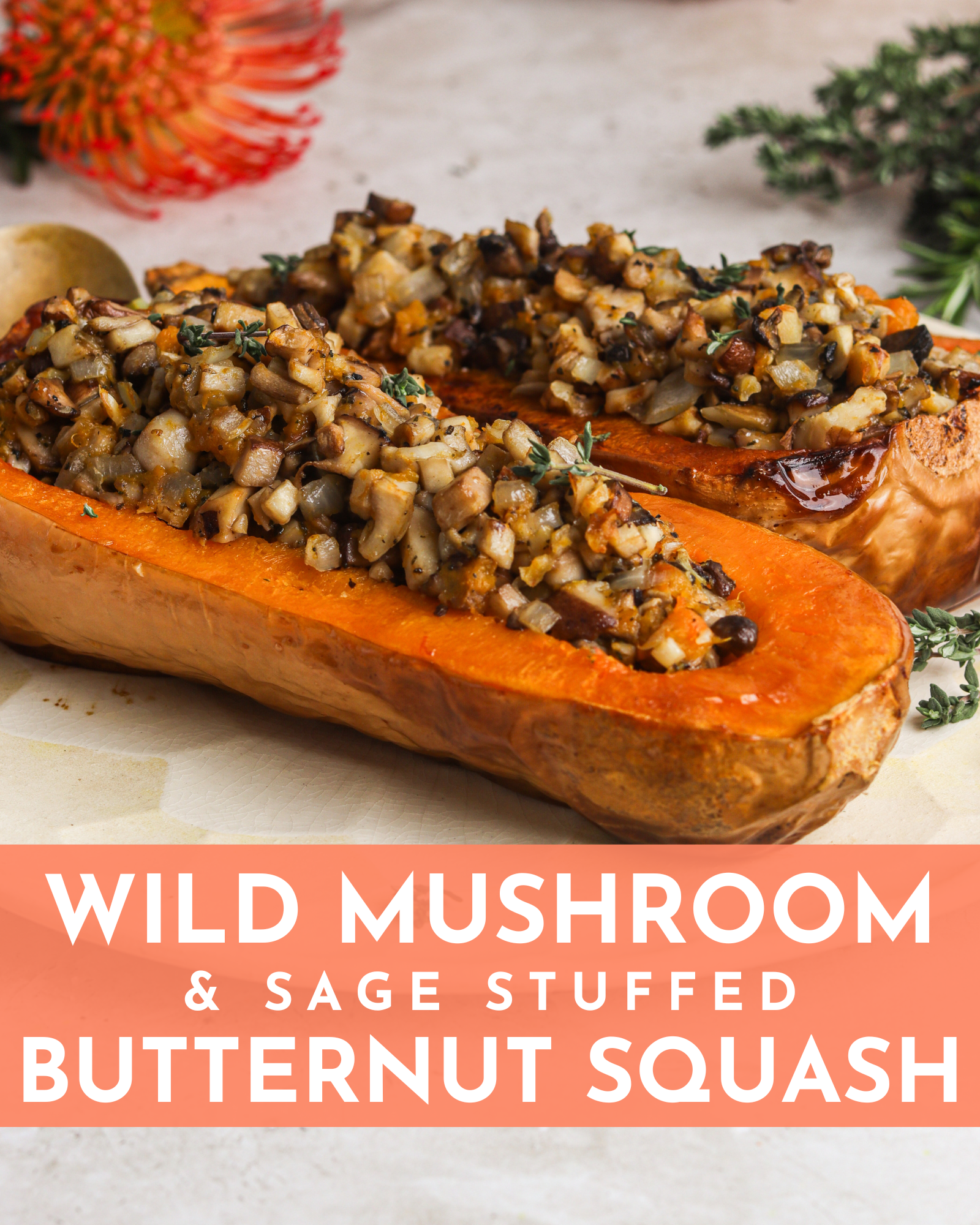
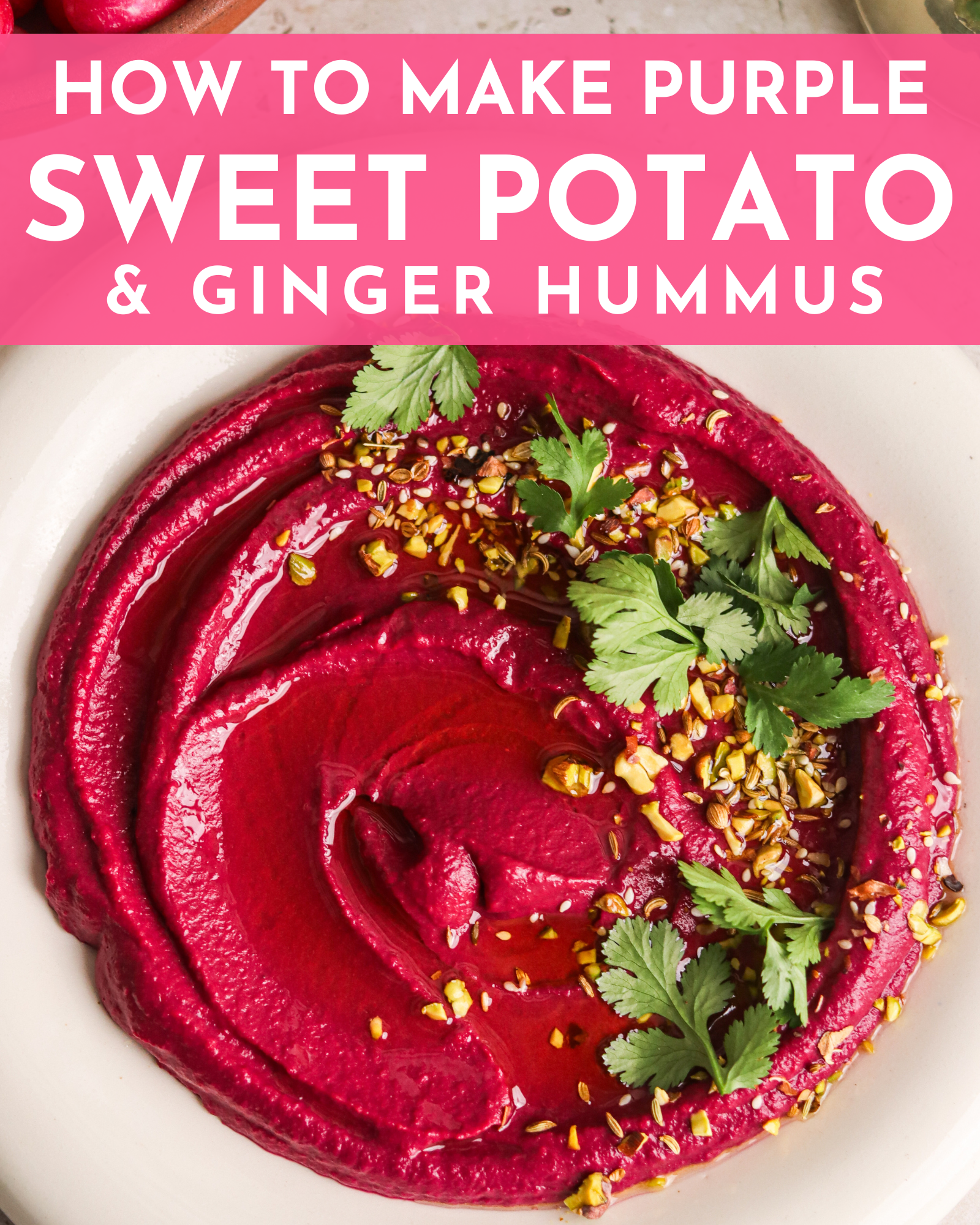
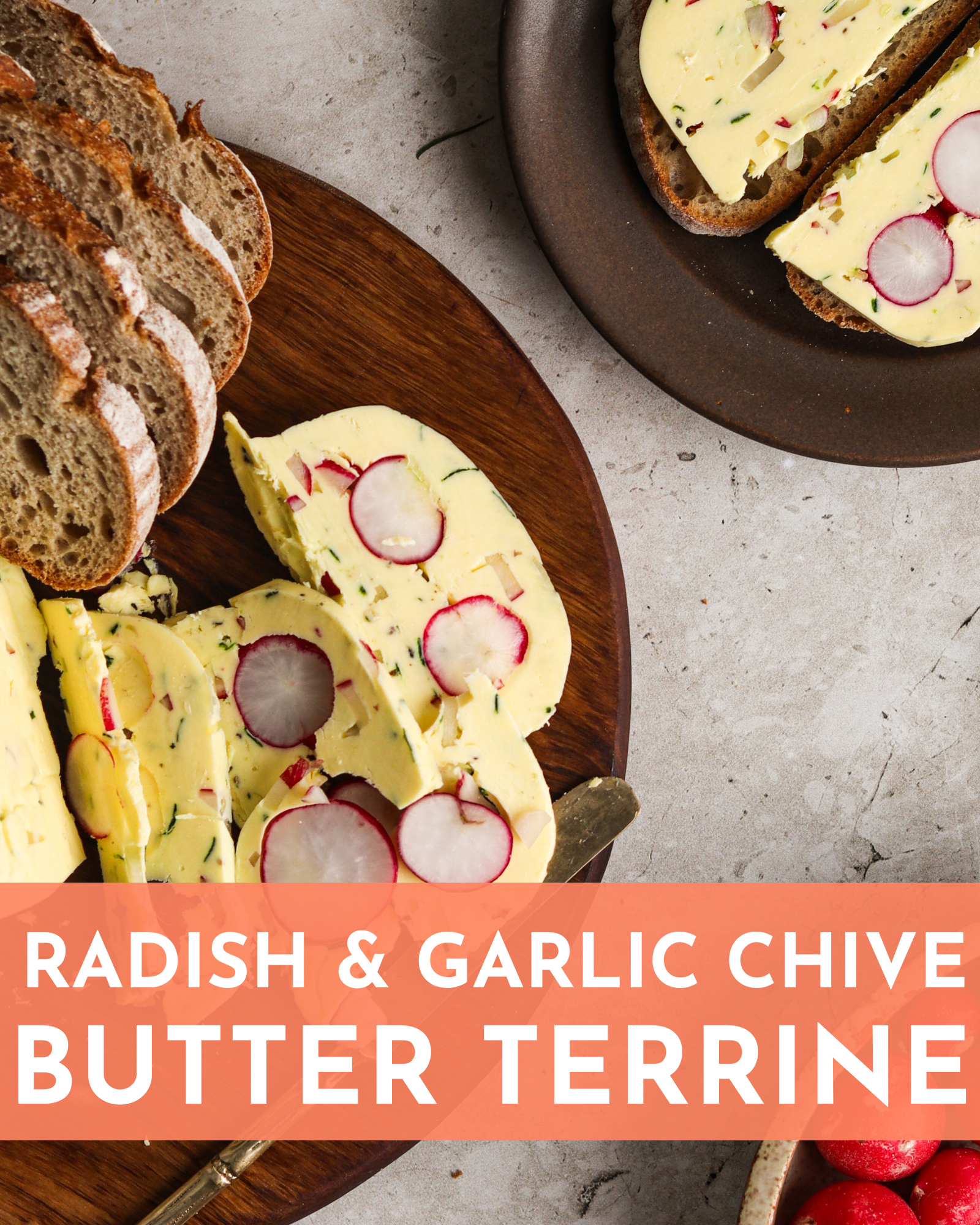
Great tips! You can also store unpeeled ginger naturally in an acidic liquid like vinegar or lemon juice. But once it is peeled, you must store it in the freezer.
Thank you for the article. I just bought fresh ginger for the first time and I needed some tips about it
I Just made this! It’s very delicious.
This recipe looks amazing. I will try to make them this weekend.
Thanks for the info; I did the same twisty thing in college too. 😀
After you’ve frozen the ginger, can you grate it while it’s frozen or is it better to thaw it out completely?
Thanks for the awesome tips!
Hi Tara,
Grate while semi frozen.
I was only looking for easy storage for my new massive purchase (5#) of ginger, I came across so much more here. Thank you. Great tips and insight to what I can use my ginger for and how to compensate in areas where I lack certain equipment. Comments are always a good help too, Bill Banche, I did not know ginger was good for pain. That will truly help me, thank you. Also, I would be upset about the “suffocating ginger” even not pregnant. 🙂
health tips ginger, thanks for sharing 🙂
I use ginger root for pain. (They say It’s a natural analgesic, with no side effects. & they are certainly right about the pain releaving part.)
for killing cancer, (they say it kills cancer three ways.)
and for the lovely taste.
Thanks for these tips. 🙂
mostly I’ve been JUICING ginger root and putting it in everything.
This reminds me I can eat it other ways, like I used to.
🙂
I buy it 3 to 5 pounds at a time.
Thank you for the information. I have tried peeling ginger with a peeler and cutting it up into little pieces. After reading your website I just scrubbed the outside of it with a vegetable brush and cut it up in marble size pieces and threw them in a food processor. It came out grated real nice. I put 50 grams per ziplock sandwich bag (about 1/2 cup per bag) and flattened the bag out so it was about a single layer of ginger and put it in the freezer. I put the little stuff in the food processor that was left and shook it out over my oatmeal. It
was good! When It freezes I will just crush the ginger in the bag and sprinkle it over my food . Thank you for the information.
Thank you so much for this lesson! I’m new to ginger and am using it for a chronic nausea condition. So far, I’ve only used ginger paste, eaten straight from the jar, because I haven’t known how to handle the real thing. As you know, there’s a lot of information online but your’s is much more concise, clear and informative. First, can I grate enough for a day or so and keep it in the fridge? So far I’ve only played with small pieces, not enough to grate a lot and freeze. Also, do you have an easy recipe for ginger candy, including how to make and store it and how long it will last? It needs to be something simple that doesn’t require a candy thermometer! Thank you so much and God bless you!
Great tips grating fresh ginger! Freezing, etc… Very helpful, also Using Vegetable peeler! I would not have ever thought of that one! Thanks for all the great tips!
My frozen ginger is green, not quite sure how that happened!
I’m guilty of using the jar variety and you are right, it smells nothing like the real thing!
On my not so lazy days, I will take a batch of fresh ginger, puree it in a chopper/blender and then fill the compartments in an ice-cube tray for freezing. Voila! Single serve ginger cubes!
Great tips! Can’t find the long U shaped channel-looking micro grater in amazon or google. Please help. Thanks.
Your students say peeling ginger is a pain… Ask them to try this: peel the ginger using a small spoon/teaspoon. It’s amazing! You can peel ginger so fast and effortlessly. My friend say it on some cooking show and passed along the tip. 🙂
I’m guilty of using the jar variety and you are right, it smells nothing like the real thing!
On my not so lazy days, I will take a batch of fresh ginger, puree it in a chopper/blender and then fill the compartments in an ice-cube tray for freezing. Voila! Single serve ginger cubes!
What about putting some ginger pieces in a $10 electric food chopper? Will it beat or blend or chop them up enough to make the fruit-roll-up thing for the freezer?
I found your website perfect for my needs. It contains wonderful and helpful posts. I have read most of them and got a lot from them.
There seems to be a blue ring in my ginger root. Is this an indication of it going bad? It’s still juicy and looks great. smells great, and I think it tasts fine.
Thanks for the tips. I did try to freeze mine but when i defrosted, the outside was kinda soggy. Maybe i froze for too long?
>>Hi Sarah – the ginger will be wetter, but that won’t change how you use it. It will be just as wonderful tasting as fresh ginger. ~Jaden
I peeled, cut in chunks and chopped fine in my small chopper. Then froze in a roll like…you know…like that thing you may or may not have done in college! lol
I peeled my ginger and ground it in my small chopper (easypeasy) and froze it like …you know…like that thing you may have done in college. worked great ;D
How long will ginger tea keep? Can you freeze the ginger tea? I also make crystalized ginger, we eat it like candy!
Nice post!
I agree, there is nothing like fresh ginger as opposed to stuff from a jar.
I used to work in a supermarket and I swear that some people have lost touch with reality regarding fresh food. Ginger is not the only example either!
Great tips on using ginger! My favorite is slicing the ginger up, you don’t need to peel it just wash thoroughly, put it in some water to boil…and taddaa Ginger tea…sooths the stomach and taste great! Even has a little kick to it the longer you boil it.
I am crushing the ginger and putting it in a glass.. i daily take the tap water in this glass and drink. ginger remains in the glass, after 10-15 days i chnage the ginger.. is this good for health?
thank you all the tips… it is interesting to read all the tips.. thanks..
I’m late to this discussion but I have some hints that may be helpful.
I usually have three or four pots of ginger growing, or getting ready to grow, and storage is essentially the same.
I have the long, narrow “pots” that are about 8 inches wide and 8 inches deep.
I fill them with half potting soil and half sharp sand (a coarser sand than the playground stuff) over a generous layer of shredded paper, black printed newspaper is okay.
To start new plants just break off the little “toes” from the main rhizome and plant them about 2 inches deep and keep them moist until you see the sprouts then water every thee or four days.
You can keep the roots or rhizomes themselves fresh for a long time by simply burying them in a container of clean sand and adding a little moisture every few days.
When you need some, yank the whole thing out of the sand, cut off what you need and put it back. As long as there is minimal moisture in the sand, it will keep for weeks or even months and may sprout, which is okay.
In growing ginger from the little buds, it takes about 5 months to get a root large enough to harvest but here again, you can pull up the entire plant, break off what you need and re-plant it and it should go on growing.
Ginger, as long as it is not exposed to temps below 65 degrees, will grow quite well, even in the far north, as long as it is placed in a window that gets at least six hours of daylight.
I freeze grated ginger in the “mini” ice cube trays and when frozen solid, transfer to a zippy freezer bag or sometimes vacuum seal measured amounts (by weight) that I will use for a particular recipe and keep that bag and the rest of the ingredients in a larger bag. This saves a great deal of time.
I’m 71 and have been cooking and gardening most of my life so all this information is from experience.
I also make a lot of crystallized ginger, in large batches.
I don’t parboil the ginger, as is done in most recipes, I slice it and steam the slices, which retains more of the flavor than boiling to tenderize it. You can do the same and then cut the slices into matchsticks if you are going to add them to a dish.
fabulous tips! Thanks so much!
Thank you for the information on how to store the ginger.
Great tips.
We have never planted ginger, but our kids are always planting anything in our vegie garden, now we have just cultivated several buckets of beautiful ginger (we did not know what it was for 2 years but just left it alone) I am going to keep some fresh, freeze heaps and we have just seperated lots and lots and planted it out for a bigger crop next year. Thanks Kids!
I didn’t know how long you could store ginger in the fridge, or the freezer, and that’s one reason I’ve been so hesitant to buy it. I never thought I could use a whole root at once, but now I know I can store it. Fantastic information.
-Jenny
Kitchen Scales
Hello – thank you for your ginger tips. I also love the story about the suffocating ginger. I went raw for a year once – I got so sensitive to food that I too would almost cry when cutting fresh vegetables. 🙂 Honestly – I would apologize.
I have a question about ginger, usually when I buy ginger it is a creamy yellow color. Recently some ginger I bought is quite dark inside – almost the color of the skin. The skin looks fresh and the smell is fresh too. What causes that – could freezing cause this darkening?
Yes freezing darkens the ginger
Hey Jaden!
Do you think it would work to mince garlic (with a mincer) and freeze in the same way? I have lots of leftover peeled garlic in my fridge that I won’t use before it goes bad.
Thanks!
Yes, you can!
Hi! I was surfing and found your blog post… nice! I love your blog. 🙂 Cheers! Sandra. R.
I just wanted to let yoy know that I have found another use for the ceramic ginger grater. You can use it to grate Garlic as well.
we’ve never kept ginger in the fridge, even those already sliced. i like to keep ginger in the woven bamboo basket where we keep the garlic and onions. the cut side dries up, but had never been a problem with molds or anything… what happens to our old ginger is that they start growing again from the knobs (unless only a small piece remains, then it shrivels up… after 2 weeks or so). hehe by then, you could probably bury them in a pot of soil to grow – i find those too mature, too fibrous.
i love ginger in food, but can never stomach it as a beverage – either tea or mixed with fruit juice.
Grated ginger in mayonaise makes a great dip for artichokes and asparagras!…also shake grated ginger in a jar with chinese rice vinegar, honey and a pinch of salt for a great salad dressing or a marinaide for cherry tomatoes….
If your a coffeeholic coin a finger of ginger and place them on top of fresh ground coffee and brew
Oops! It looks like I made a mess of my signature. Sorry.
Wow! All of this conversation makes me wish I was a better cook. Maybe I should look for a recipe that uses ginger to try out. You all make it sound wonderful.
Thanks for the tip about storing leftover ginger. My husband and I don’t get to cook as often as we’d like and hate wasting food in between cooking days.
Very nice 🙂 btw very good tips i will use them. Some of them i did not knew.
I love the last tip with the vodka, duel purpose ginger use is always good. So strange to see ginger ginger everywhere as it is my name. I too rarely peel my ginger and the microplane is my ginger grating friend. I haven’t chopped ginger in years!
Here’s another tip for storing ginger in the fridge. Just take a jar (I use an old relish or salsa jar), fill with vodka. When I buy ginger, I peel it, cut into chunks and just plop them into the ginger. It keeps the ginger from drying out (which is what happens to me because I forgot about it) and you’ll have one mean ginger vodka shot!
i love my microplane grater (i even have two of them). but peeling ginger and garlic with it almost always means peeling a piece of my finger along. i always slip and cut myself! do you have a trick to prevent that from happening? thanks!
LOL – I love the bit about the suffocating ginger.
I have only just started using my microplane for grating ginger and garlic. It is so much easier than anything else I have used.
Tried the Fried Green Tomatoes. They were great. Being from Kentucky we already have a love for fried green tomatoes. A lot of restaurants in Lexington, KY serve fried green tomatoes every day. I liked the crunchiness (is this a word?) of your recipe. Normally I just dredge them in half corn meal half flour and fry them in a small amount of bacon grease & olive oil. Bacon grease for taste, olive oil for our health!! LOL I’m going to make the Rollo recipe today. Thanks, Phil W.
Jaden, thanks for the link to my ginger entry on the old Lunch in a Box website on LiveJournal! In June 2007, though, the entire site moved to http://lunchinabox.net and all old posts have been imported — the ginger post is here with additional reader comments and trackbacks: http://lunchinabox.net/2007/05/04/speed-technique-freezing-ginger/
Janey-
In the refrig, yes, it does go bad – it will begin to mold and dry/shrivel up.
In the freezer, wrapped tightly, it should last you a couple of months.
xo,jaden
question, how long can you keep the ginger old? does it go bad?
Thanks for the ginger tips! I just printed them out! Turns out I’ve been storing my ginger incorrectly. No wonder it goes bad.
I always have fresh ginger on hand, so I really appreciate your tips. I really like the ginger roll one.
Wow,
Never knew that I can store ginger that way,
I have to try that myself,
My ginger always dry out in the fridge…
I peel my ginger, cut it into segments and put them in a jar of sherry which is stored in the fridge. Whenever I need some ginger if is ready to be chopped or grated. Sometimes I use the gingered sherry in a dish and then add more sherry to the jar.
this was surely a great read Jaden! i am a strong beleiver of using fresh ginger or not using it at all:)
OOo I love the ginger roll idea.
Even though I have a Microplane, I just use the box grater to grate my ginger. Good tip on the wrapping and freezing. And you’re right about watching out that the ginger and garlic don’t burn. Things can go from tasty to nasty in a few seconds.
Great tips on ginger! Fresh is so much better than the jarred crap.
Oooh, reading this right after I made ginger sweet soup! How fitting.
I want a microplaner for Xmas now. I’ve been resisting for way too long…
I love the idea you have for freezing the ginger! I’m going to try that the next time we buy some.
Freshly grated ginger is amazing. Thanks for all the tips.
if only i can have a ginger overload here. Love the freezing tip though. it’s hard to get ginger here in Perth and even if we can, the price is ridiculous!
Thanks for those very useful tips.
hey guys, I’m glad you enjoyed the tip. Go visit Lunch in a Box, my new fav blog – the tip and photo is from her. She is super talented and puts my packed lunches to shame.
http://ss-biggie.livejournal.com/39719.html
😉
Great tips for ginger! I love the idea of freezing the grated ginger in a tube, and breaking off what you need. Kind of like freezing stock in ice cube trays — so clever!
I always keep ginger in the freezer for making ginger tea. I never thought to pre-grate, though. You’re so clever! Who took the picture of your hands holding ginger? Are you clever enough to take a picture of your own hands?
I use a lot of ginger here too, so good to season shrimp and chicken! Like your ideas! I usually freeze the whole thing and shred whatever I need. This microplane is such a neat gadget!
I love the idea to roll and freeze fresh grated ginger!
I think Rachel Ray uses the tube stuff, one more reason to oust her…
🙂
That is a really good tip Jaden. I will definitely freeze my grated ginger that way. Thanks !!
What a wonderful tip, Jaden. I will definitely be using it 😉
Thanks!
Yumm…. you just can�t beat ginger! Loooooove its taste….. *dreaming about sprinkling julienned ginger over steamed fish*…. it is a shame that young ginger is hard to find around my area. Thanks for the great tips, will keep that in mind the next time.
Another tip for peeling ginger is by scraping off the skin using a spoon. I find this method less wasteful, quick and easy.
have you tried digging the ginger root in a pot of sand? it is believed to prolong its life. i read this tip in a chinese cookbook.
I have a ceramic ginger grater, but I’ve found the microplane actually works better. And the sink sprayer is great for getting ginger fibers out of the microplane!
You go girl!!!!
I would feel bad for the suffocating ginger, too. 🙂 Thanks for the tips – I don’t use ginger very much in daily cooking here in Italy, but I would love to start. I think the freezing option is good for me!
Hey! You’re right about ginger being a rhizome. However, a rhizome is not a root.
Ginger is not a root! Sorry! But this is one of my pet peeves!
that’s a beautiful pic 🙂
I love my microplaner…and it loves my knuckles. The tip on freezing the ginger in a “tube” is excellent. Thanks!
I hardly see ginger root around! Boy, I love ginger in all forms!…errr….maybe except Ginger Spice. Buahahahah!
Seriously chopping fresh ginger is a pain and hate the pureed stuff! Lovely post..:)
Thanks
~ Siri
I’ve always loved Ginger. We never dated though, so I was never able to root around or even get fresh. Of course she was spicy but after a while she kinda grated on me though. I just told her to can it, figuring we were never meant to spoon …
Great info about ginger. Thanks. Thanks also for visiting my blog 🙂
Or, you can just stick the whole root in a little pot of soil on your counter, where it will last for a very, very long time. Just break off what you need when you need it. It won’t go bad, per se, but will eventually kind of get soft when it starts to sprout, in which case, you have a new house plant. Enjoy.
I definitely agree on the jarred ginger. It’s nasty.
wonderful tips!
Great ginger tips! I never thought to grate it then freeze it. That’s brilliant! And ginger is so good for you too. It helps you digest your food, especially meat. Or so I’ve read.
Yep! the microplane zester rules. One tip I learned from my cooking classes was to peel ginger skin with a teaspoon. It seriously works and takes care of the knobby areas.
That is such a beautiful pic of the ginger. I must invest in a microplane grater. They look so efficient. I also love fresh ginger which can’t be replaced. Bottled is like having synthetic vanielje. Yes I know I’m a food snob
Hey, this was definitely helpful–thanks!
I always patiently mince mine with a knife – the micro-planer makes a lot more sense, and I love the freezing idea!
I’ve always been partial to Mary Ann, but ginger will do in a pinch.
Seriously, thanks for the tips on storing! I always hated tossing out old ginger due to lack of use.
“Roll up tightly, twist the ends” — hey, there’s something I’m good at.
That’s an excellent ginger storage tip, thanks!
Like Sarah C., I peel my ginger with the edge of a spoon. So easy! I store pieces of peeled ginger in the fridge in a small jar of dry sherry. The ginger stays firm and you also get ginger-flavored sherry to use in your recipes. I just remove it from the sherry and grate it with the microplane or slice it. For now on, I’ll be using my veggie peeler to cut thin slices of ginger.
I love ginger! Thanks for the great tips. I need to get a microplane grater like that! ^_^
thank you, thank you, thank you—ginger has been the bane of my existance….i use it about once or twice a week and usually wind up throwing out the piece that is left in the fridge because it is all shriveled. I also freeze the ginger but then it becomes watery when i grate it….now I know how to freeze it properly: grate it first…..this is going to make a WHOLE difference
love this tip
I love the ceramic wrap idea for storing ginger. I always use to freeze it in one big lazy blob, then when i needed it, I would take a butter knife and stab it crazily to chunk off what I needed 😀 I think this idea will be much more efficient…and less scary!
I need that microplane grater, and have no idea what it really is. (I’m not fully paying attention, am I, Mrs Steamy?)
My microplane zester is kept where the sharpening rod belongs in my knife block. I love that thing and use it for everything. The weather makes a big difference in the storage of ginger. Growing up near San Francisco, we never kept our ginger in the fridge. Mom always kept her ginger in a little woven basket on her kitchen window sill, the rest she would keep in a cardboard box. Mom loves her ginger, and we tease her about it all the time. In fact this last summer I caught her purchasing 3lbs of ginger! My uncle came over and noticed it too and was amazed. I forgot to ask her how long that lasted. You would think the whole summer, but maybe not.
The studio looks exciting and frightening at the same time. Hee hee, I got two inches on you! Which means that much more height to fall from.
Agree with all of the others, that the grating first then freezing idea is excellent. I have frozen the whole root before. Now why didn’t I think to grate it up first? Doh!
I love the fact you buy things you already have loads of. My own personal binge buy is celery and toilet paper. You can never have too much toilet paper but you can have too much celery. My husband goes mad when he counts that I have 4 bags of celery.
Doh, again!
Jaden, you shared a good tip…Thank you
I personally love fresh ginger and don’t mind to peel and chop
What a great idea to grate the whole root and freeze it. I tend to stick the whole thing in the freezer without grating but one end, the cut one, always gets a bit of freezer burn so I end up wasting it when I cut it off.
I got a tip from somewhere regarding how to peel ginger roots easily: use the edge of a spoon to scrape off the skin. That way you also dont end up cutting off the tasty root bit.
OH! I *have* a ‘ceramic ginger grater’. I didn’t know that is what it is. My mother (who gave it to me) and I have always used it to grate nutmeg! Now I know and can get double the use!
Thank you for all the great tips! The scent of fresh ginger is one of a handful of things that automatically lift my spirits! I had heard that freezing it was a good way to have it on hand, but DUH! never thought of pre-grating!
Ahhh…. Burned ginger.
I think the house still smells dreadful in certain corners from the last time I scorched my ginger several years ago. Nasty!
Ya know. I never thought once about grating it and freezing the pulpy little pile to break off however much I need at a date to be named later. That’s going to definitely save me a lot of old ginger. Of course, if only I had read this yesterday before cleaning out my fridge…
I think we need to synchronize our watches or something, Jaden. You usually come up with the great tips several hours after I need them.
Ah well… Enjoy your Sunday.
Gingerly,
Dan
I once dated a girl named Ginger Tips.
She was kind of fresh, too.